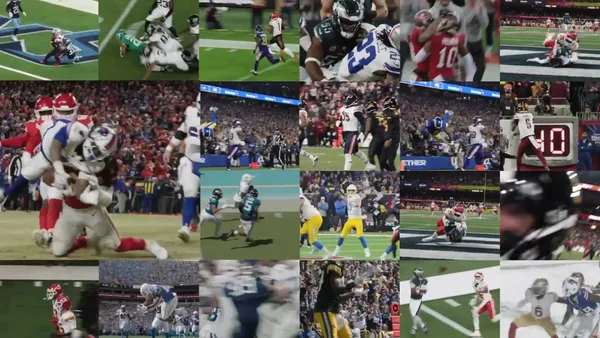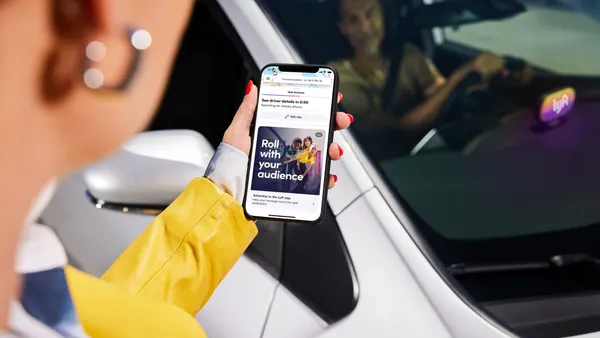Dive summary:
- Obviously on mobile, you have less screen size. This means you have to make your call-to-action big, singular, and pretty, so it catches the attention of the person using the device.
- Understanding the mindset of the user is paramount. Advertisers have an opportunity to personalize ads based on location. One example is geo-fencing an ad to be served only when a consumer is near their store, which can lead to increased foot traffic.
- Amy Vale, vice president of global research and strategic communications at Mojiva, said, “If brands look at how mobile plays into their target audience's day and work with their agencies to develop mobile-centric creative and media buys accordingly, they will undoubtedly see a better ROI on their overall marketing spend.”
From the article:
There are an enormous number of banner ads in both applications and mobile sites nowadays, meaning that marketers have one chance to get it right in getting a consumer's attention. If they do not, results will suffer and banner ads are likely to get lost in space.
When it comes to mobile banner ads, simply getting users to tap on a unit can be a challenge. The No. 1 piece of advice from experts in overcoming this is understanding the different mindset of mobile users compared to desktop consumers.













